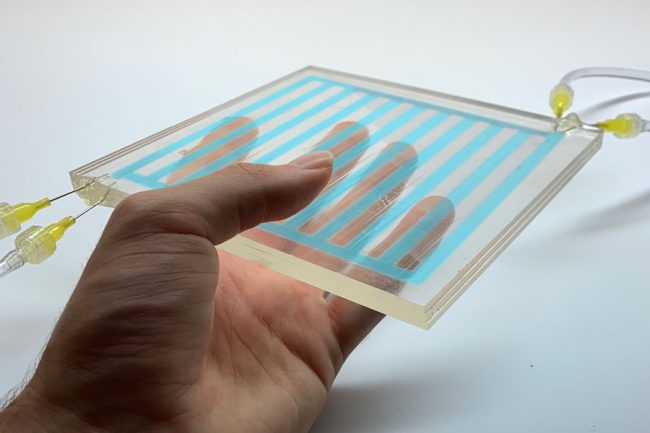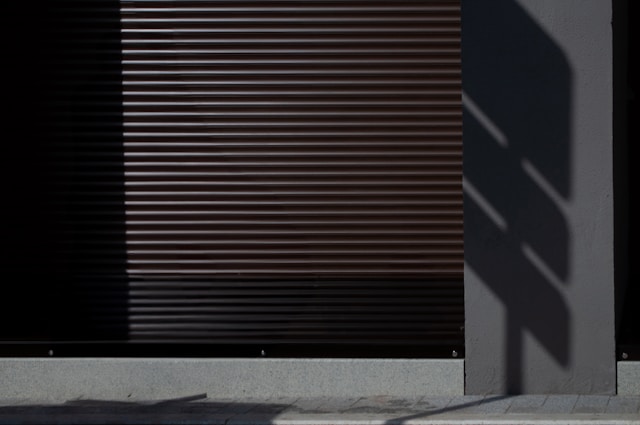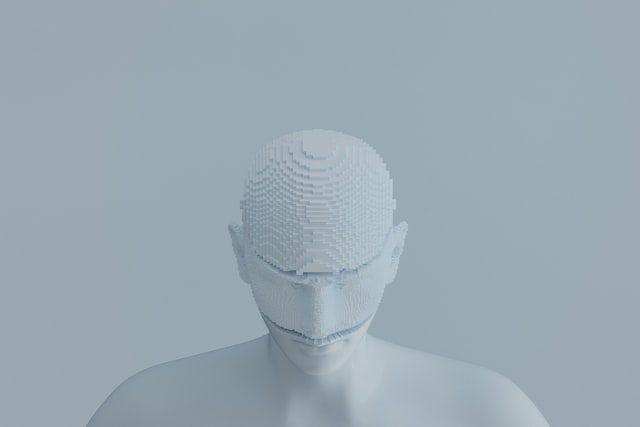Did you know that heating, ventilation, and cooling systems account for approximately half of the building’s energy consumption?
Now a new innovation by researchers from the University of Toronto could reduce the energy consumption of heating, cooling, and lighting buildings. Inspired by the color-changing skin of squids, cuttlefish, and krill, researchers have developed a multi-layered fluidic system. These creatures can change the color of their skin between transparent and opaque states.
The newly developed system does energy savings by optimizing the wavelength, intensity, and dispersion of light transmitted through windows
Raphael Kay, the lead author of the study, said, “Buildings use a ton of energy to heat, cool, and illuminate the spaces inside them”
“If we can strategically control the amount, type, and direction of solar energy that enters our buildings, we can massively reduce the amount of work that we ask heaters, coolers, and lights to do.”
The prototype liquid window is made of flat sheets of plastic, each one of which has a network of millimeter-thick microchannels for pumping fluids. For controlling the type of light, such as visible or near-infrared wavelengths, different pigments can be pumped. Light transmission can also be enhanced by adding or removing fluids from each layer using tiny, digitally-controlled pumps.
“It’s simple and low-cost, but it also enables incredible combinatorial control. We can design liquid-state, dynamic building facades that do basically anything you’d like to do in terms of their optical properties,” said Kay.
“If we had just one layer that focuses on modulating the transmission of near-infrared light — so not even touching the visible part of the spectrum— we find that we could save about 25 percent annually on heating, cooling, and lighting energy over a static baseline. If we have two layers, infrared and visible, it’s more like 50 percent. These are very significant savings,” said Kay.
The paper was recently published in the journal PNAS.







